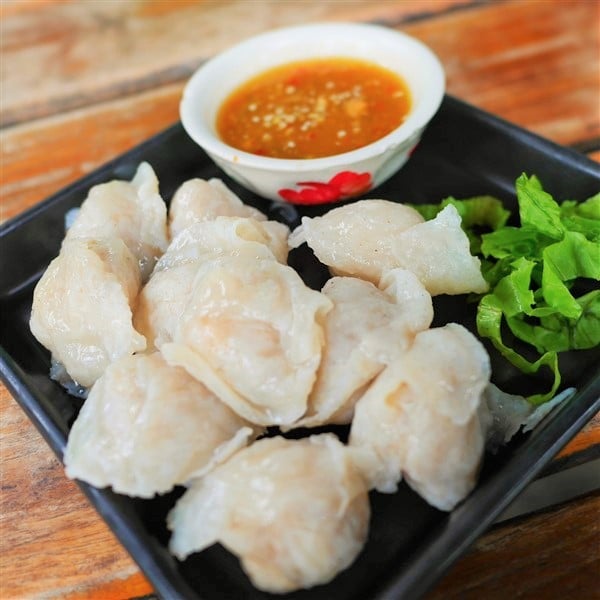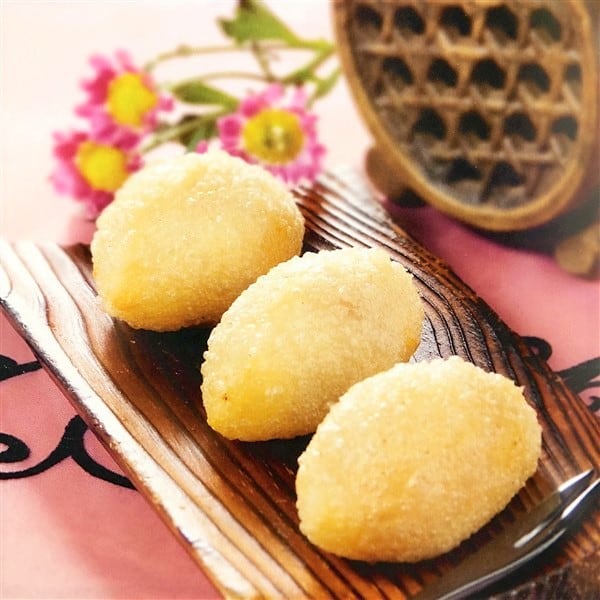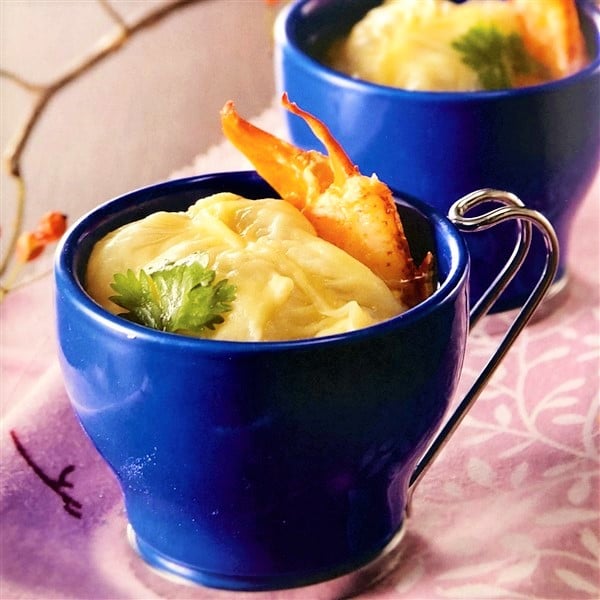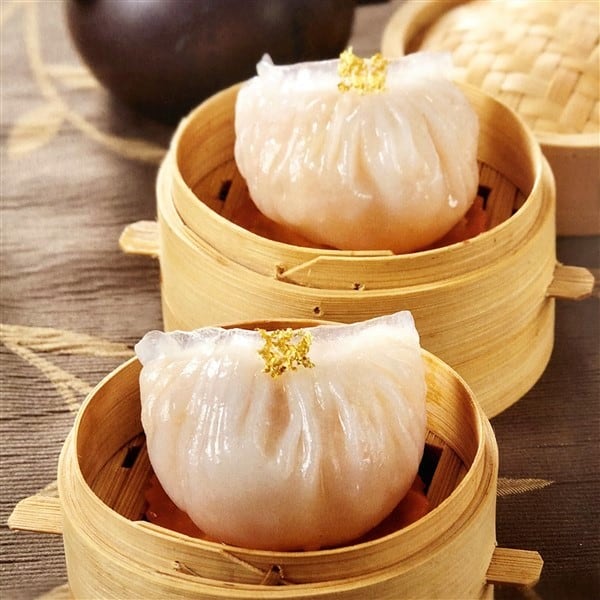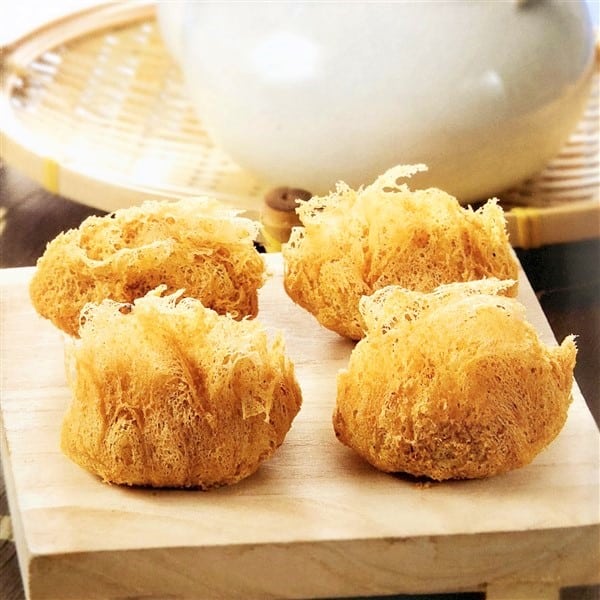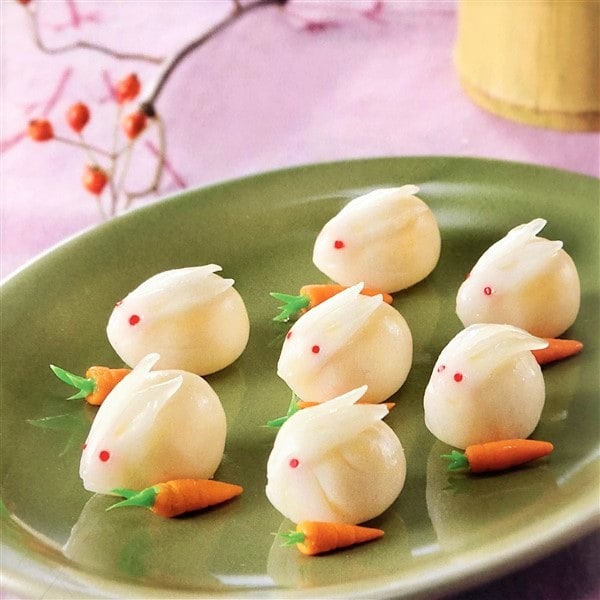Dumplings
Cantonese dim sum is known for its refined preparation process, elegant presentation, and an astonishing level of variety. Here you will find easy home-made recipes on a wide variety of dim sum dumplings, as well as exhaustive, detailed procedures to prepare some of the top local dim sum flavors. We will not only help you to craft some savory Chinese dumplings, but also provide you with a unique view point of this unfamiliar ancient country.
“Nothing is more gratifying than dumplings” – a folk saying in northern China. As more and more people are exposed to this traditional Chinese food worldwide, they start to realize dumplings simply taste great. Chinese-produced frozen dumplings have already reached consumers in countries far and wide – Japan, Singapore, Malaysia, Europe, and North America. The world’s appetite for these tasty treats has grown large. Across the vast region of China itself, methods and customs for making and eating dumplings are also diverse. Here, we will introduce the unique characteristics and cooking methods for one specific type of dumplings – the Cantonese-style dim sum dumplings.
Dumplings in Northern vs Southern China
Having been cultivated and spread across the country since ancient times, China’s culinary culture is exceptionally broad and diverse. This is especially evident in Chinese food culture during the holiday seasons. In northern China, there are a few popular folk sayings to this point: “Without a proper bowl of dumplings during the Winter Solstice, one’s ears will freeze off;” “Dumplings on the first day, noodles on the second, surround the pot with pasties on the third.” This second quote refers to the first days of the lunar calendar New Year, and pasties are also a type of dumpling which are typically baked and boiled on the third day of the lunar calendar. Dumplings are also served on the fifth day of the lunar New Year. What Chinese people are most particular about is the dumplings served on New Year’s Eve. During this time, the whole family will gather together around a variety of delicious dumplings, wishing for a safe and prosperous new year for all who are present. Although dumplings are small in size, they are also filled with a lot of culture and history!
In southern China, such as Guangzhou and Hong Kong, people will often choose to eat dumplings during the Laba Festival, and gather around a hot pot instead come New Year’s Eve. Besides dumplings, common holiday dishes include sweet egg twists, Turnip Cake (Lo Bak Go), Sticky Rice Rolls with Cured Meat, steamed fish and “white-cut” chicken (Bai Qie Ji). Instead of serving them exclusively during holidays, dim sum style dumplings show up in southern Chinese’s diet throughout the entire year, with the cooking method and taste much more suited to the Southern cuisine.
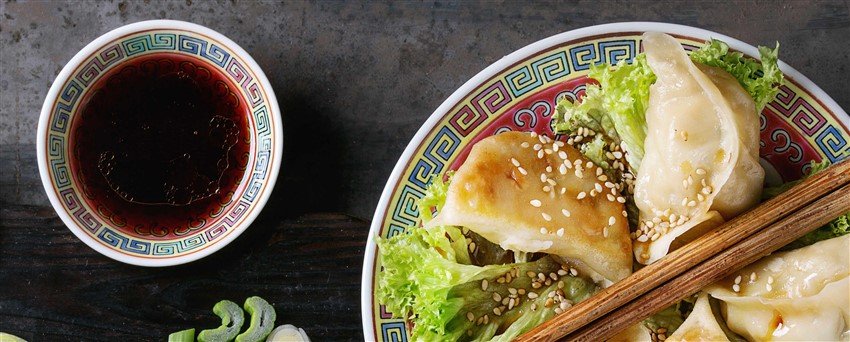
Did you know Chinese Dumplings tradition comes from TV promotions?
Throughout Chinese history, dumplings were not tied with Chinese New Year or any other Chinese festivals except in Shaanxi Province. Largely due to the influence of CCTV (China Central Television) commercial promotions since 1980s, the custom of eating dumplings on New Year’s began to spread from the Shaanxi Province into all of China. Today, most regions of northern China see dumplings as a must-have during the holiday season. The people of Shaanxi believe that “not eating dumplings is equivalent to not celebrating the New Year.” In the northeast there is an old folk saying: “Sleep brings more than comfort, and dumplings are more than delicious;” a deep love for dumplings is plain to see.
